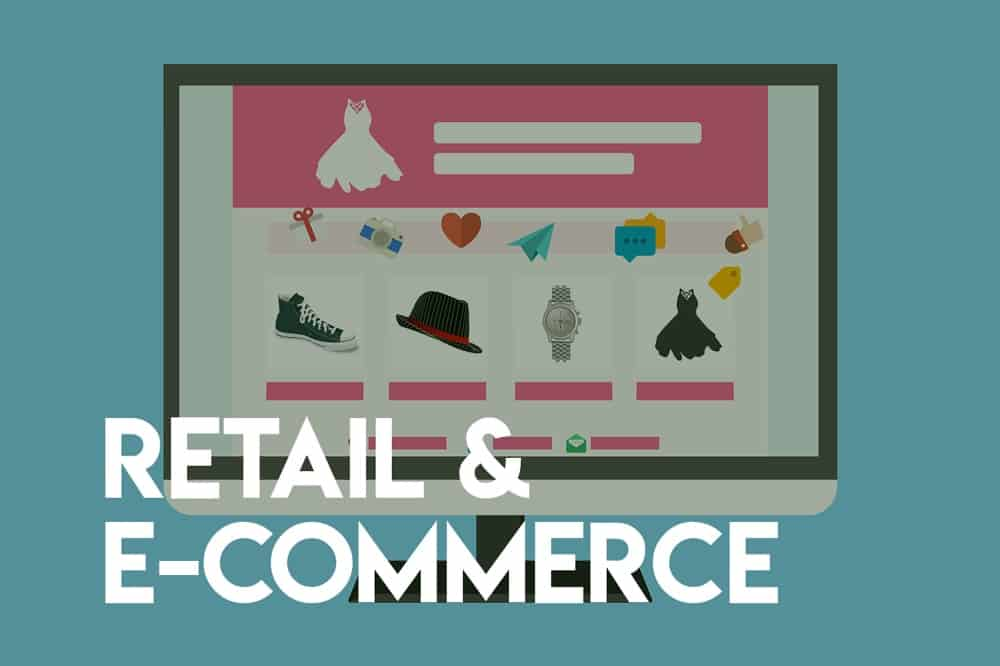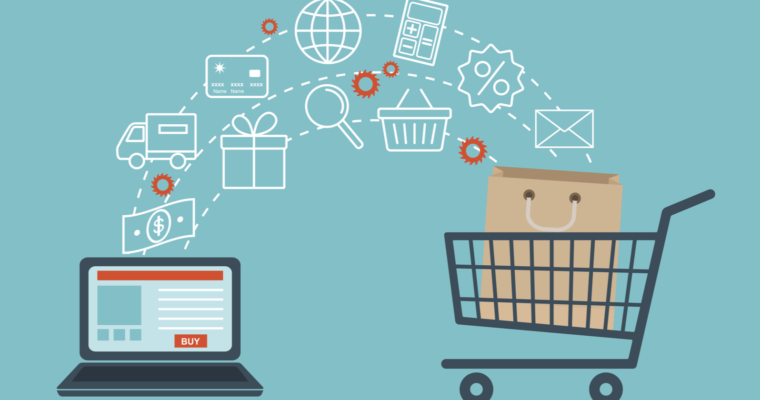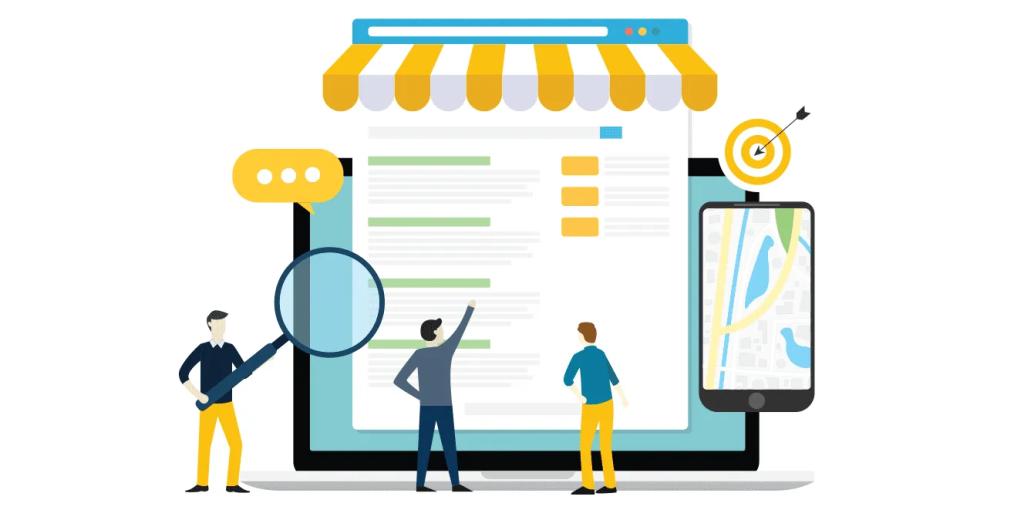
The shopping landscape has witnessed a significant transformation in recent years with the rise of e-commerce while traditional retail still holds its ground. The question of which will dominate the future of shopping is a hot topic. Let’s explore the strengths and weaknesses of both retail and e-commerce to gain a better understanding.
I. Retail: The Traditional Powerhouse
1. In-Store Experience
- Tangible Interaction: Customers can physically touch, feel, and try on products. For example, when buying clothes, they can assess the fabric quality and fit right there in the fitting room. In a furniture store, shoppers can sit on sofas to check comfort levels before making a purchase.
- Immediate Gratification: Once a purchase is made, customers can take the product home immediately. There’s no waiting for shipping, which is especially appealing when buying something needed urgently like a gift for an upcoming event.
2. Personalized Service
- Expert Assistance: Trained sales staff in retail stores can offer personalized advice based on customers’ needs. In a beauty store, they can recommend the right skincare products according to a customer’s skin type. In a hardware store, they can guide DIY enthusiasts on the best tools for a project.
- Face-to-Face Interaction: Building a personal connection with the salesperson can enhance the shopping experience. Customers might feel more confident in their purchase decisions when they’ve had a friendly conversation and received tailored suggestions.
3. Local Community Support
- Employment: Retail stores are often an important part of the local community, providing jobs for local residents. From cashiers to store managers, these positions contribute to the local economy.
- Brick-and-Mortar Presence: They add to the character of local neighborhoods, creating a lively shopping atmosphere. People can meet friends while shopping, and local retailers often participate in community events, strengthening community bonds.

II. E-Commerce: The Digital Disruptor
1. Convenience and Accessibility
- 24/7 Shopping: Online stores are always open, allowing customers to shop at any time that suits them, whether it’s early in the morning or late at night. There’s no need to worry about store opening hours.
- Global Reach: Customers can access products from all over the world. They’re not limited to what’s available in local stores. For instance, a person living in a small town can easily buy unique handicrafts from another country with just a few clicks.
2. Cost-Effectiveness
- Lower Overheads: E-commerce businesses don’t have the same costs as physical stores, like rent and in-store staff salaries. This often allows them to offer products at more competitive prices. They can also run frequent discounts and deals to attract customers.
- Price Comparison: Shoppers can quickly compare prices across different online platforms to ensure they’re getting the best deal. There are various price comparison tools available that make this process effortless.
3. Data-Driven Personalization
- Tailored Recommendations: E-commerce platforms analyze customers’ browsing and purchase history to suggest products they might like. For example, if a customer frequently buys books on history, the platform will recommend other related history books or similar genres.
- Targeted Marketing: Based on customer data, e-commerce businesses can send targeted marketing emails and ads, increasing the chances of customers making a purchase.

In reality, neither retail nor e-commerce is likely to completely dominate the future of shopping. Instead, a hybrid model seems to be emerging. Many traditional retailers are expanding their online presence, while e-commerce giants are starting to open physical stores for a more immersive customer experience. The future of shopping will probably combine the best of both worlds, offering consumers the convenience of online shopping along with the tangible and personalized aspects of traditional retail.



